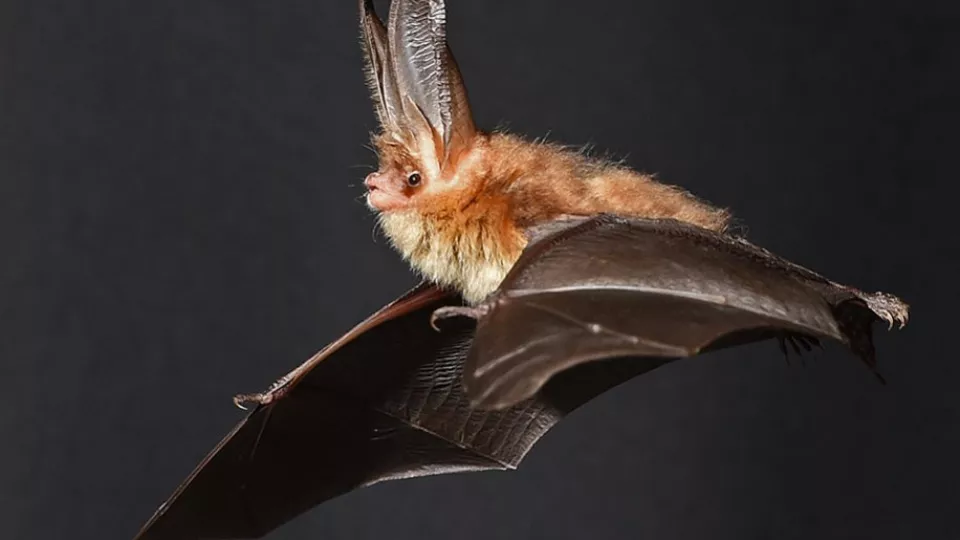Large ears increase air resistance, meaning that long-eared bats are forced to expend more energy than species with small ears. On the plus side, large ears generate more lift and provide better hearing.
Good hearing is a prerequisite for bats’ ability to echolocate, i.e. sense the echo of the sound waves they emit in order to locate and home in on their prey.
The research results therefore show that large ears have both pros and cons. Christoffer Johansson Westheim, senior lecturer at Lund University, believes that evolution has made a compromise.
“The crux is being able to fly as efficiently as possible while also having optimal echolocation ability. Bats can’t be the best at both these things at the same time”, he says.
The research findings also support the hypothesis that birds migrate to a greater extent than bats, and over longer distances, because bats’ ears create resistance that makes flying more energy-intensive.
“The bats’ external ears act as a pair of brakes – something that birds don’t have”, he says.
Previous research about the effect of ears on bat flight has been based on models. This is therefore the first time that researchers have quantified the effect of the ears when studying bats flying freely in a wind tunnel. The study was conducted by biologists in Lund together with a colleague from Denmark.
The researchers have studied and compared two species of bat, one with large ears and one with small ears. The study involved using high-speed cameras to photograph laser-illuminated smoke particles in the air as the bats fly. By studying the air movements, the researchers then calculated the forces and the energy needed for flying.
Christoffer Johansson Westheim is not surprised by the results, although they have raised questions about what evolution is optimising.
“When we are studying flying animals, we know that it’s the most energy-costly form of movement per time unit, and therefore we think it would be important for evolution to minimise energy consumption for the sake of flying. However, what we see here is that other characteristics, such as efficient echolocation, can be just as important in certain circumstances. Consequently, evolution makes a compromise.”
Could the bat research help to improve the flying capability of drones?
“If you are going to have things sticking out of the fuselage, you can try to design them so that they generate aerodynamic lift – in much the same way as large bat ears”, he says.
Publication: Body lift, drag and power are relatively higher in large-eared than in small-eared bat species
Contact:
Christoffer Johansson Westheim, senior lecturer
Department of Biology, Lund University
+46 46 222 49 55
christoffer [dot] johansson [at] biol [dot] lu [dot] se (christoffer[dot]johansson[at]biol[dot]lu[dot]se)
